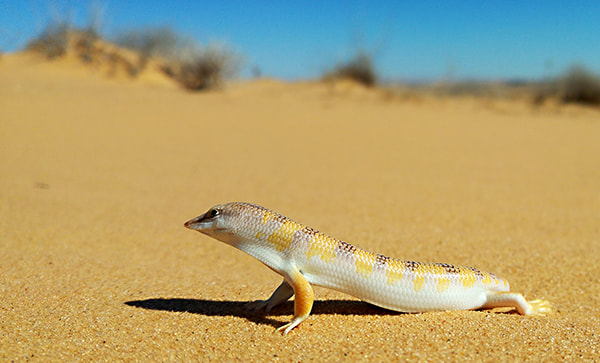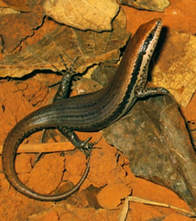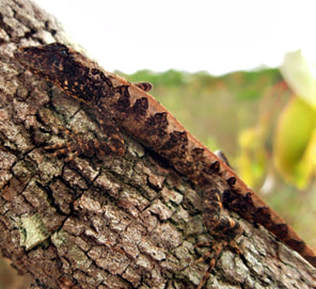| Over the past 12 years I have been collecting trait data on lizards to complement GARD’s geographic data and allow asking interesting ecological, evolutionary and biogeographic questions – as well as, hopefully, informing conservation decisions. To this end I've now published geographical, morphological, ecological, physiological and life history data for the 6,657 known species of lizards. In the data paper I present descriptive statistics regarding these traits and point to avenues for future research using the dataset. |
Author: Shai Meiri




 RSS Feed
RSS Feed
